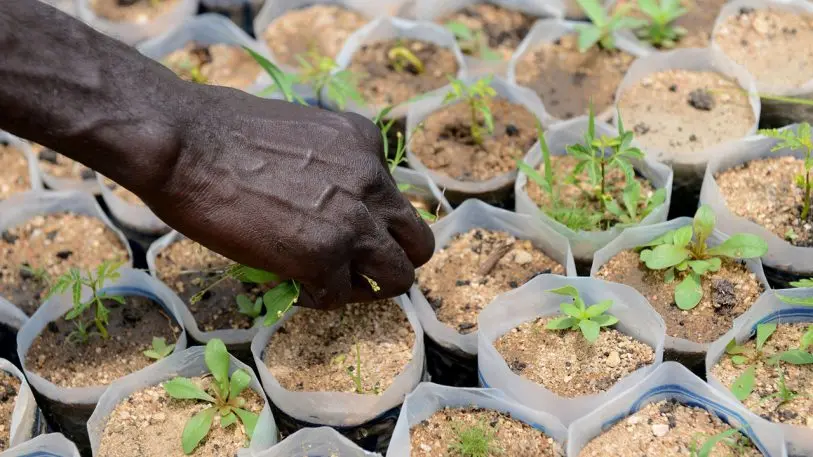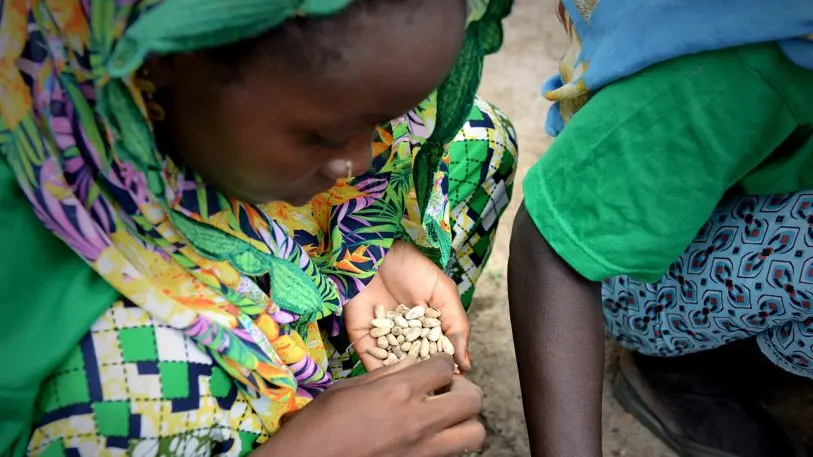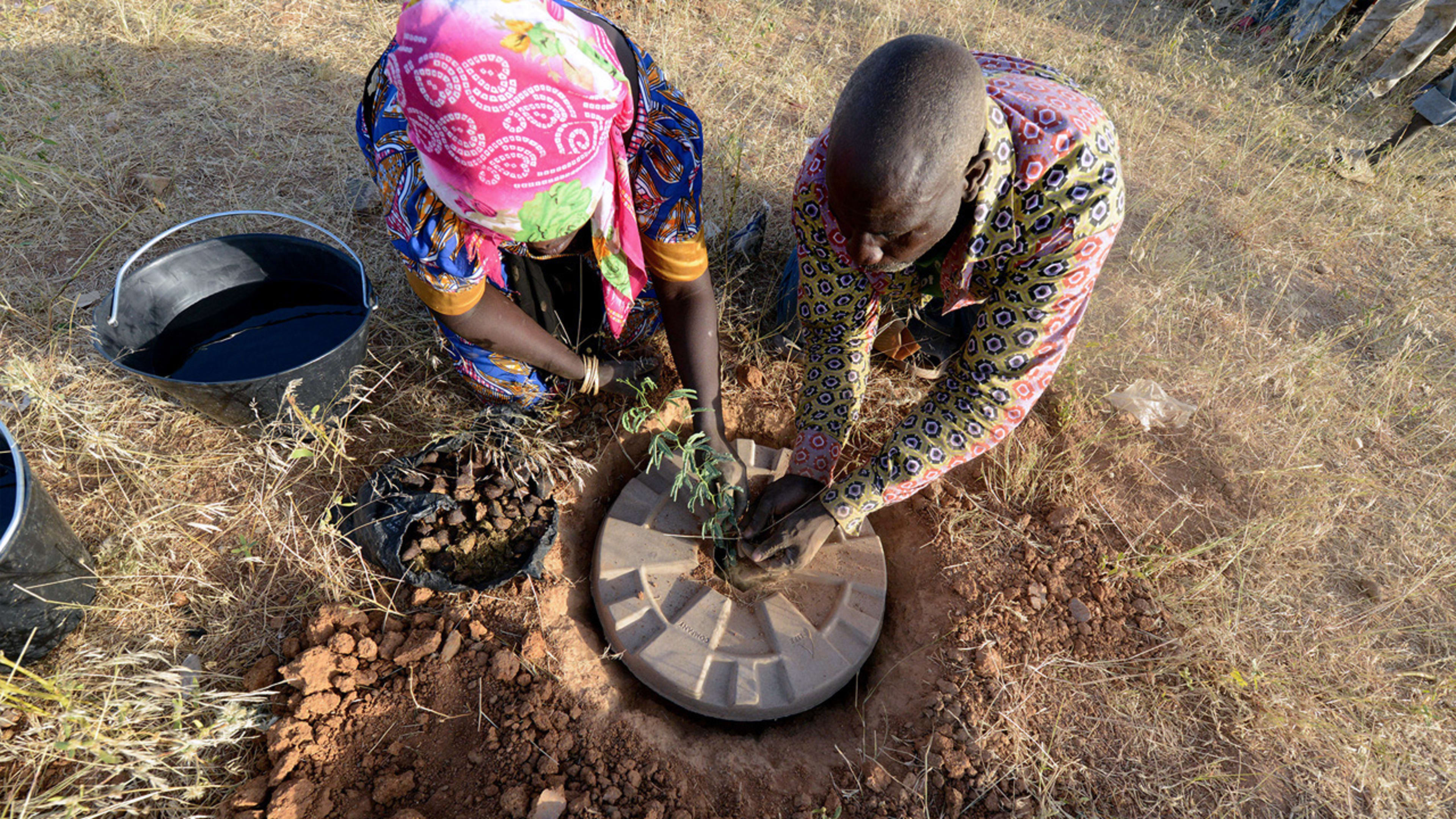When refugees from Nigeria first started arriving at the Minawao refugee camp in Cameroon, fleeing from Boko Haram, the area was surrounded by trees. As the camp’s population swelled to more than 60,000 people, thousands of those trees have now been cut down for firewood for cooking. At least one hectare of forest–an area about the size of a city block in Manhattan–is typically cut down per person per year in Cameroon for use as firewood or to make charcoal.
Now, refugees at the camp are beginning to replant the trees. At a simple factory at the camp, they’re also turning agricultural waste into “eco briquettes” that can be used for fires instead of wood, and making simple cookstoves out of local clay.
“No longer will trees need to be knocked down to create traditional charcoal or just to use that dried wood to cook,” says Charlotte Jongejan from the Dutch startup Land Life Company, which makes tree-planting products and is working with UNHCR, the UN’s refugee agency, on the project. (It also produced the short documentary above about it). “One of the reasons we were really attracted to the project is we were able to create quite a holistic approach to deforestation. Because if you just go at it by replanting trees and cross your fingers and hope the same thing might happen then everything when you come back five years there will be no trees. You have to give people an alternative.”

While the UN helps lead the work at the camp’s factory, the startup is providing an innovative, biodegradable paper cocoon designed to help young seedlings grow. The cocoon, filled with 25 liters of water at the time of planting, supports trees even in the harsh climate of Cameroon, where droughts are common.
The cocoon “offers a buffer and a bridge to the tree for those first three to six months leading up to the rainy season,” says Jongejan. It protects the tree from weeds and animals, provides some shade, and gives the tree enough water for the roots to grow deep and wide, eventually reaching moist soil far below the surface. The first trees were planted in December. Since then, there hasn’t been any rain, but the young trees are thriving.

Another set of 30,000 trees will be planted in May and June, providing jobs to more than 250 people at the camp. As the trees grow, some will provide food–some are nut trees, and acacia trees will be used to make tea. The trees also provide shade and help cool the area. There are also obvious environmental benefits. “You’re encouraging an ecosystem to come back to life where there was nothing–no insect life, no soil life. With a healthy tree growing, it’s regenerating the soil, and that’s bringing back insects, bringing back wildlife, and that just reboots the whole system,” she says.
At the camp, a nursery growing will continue to produce up to 200,000 seedlings a year to continue reforesting the area. The refugees hope, of course, to eventually return home to Nigeria–but when they do, they’ll leave behind a forest.
The project is helping build better relationships between refugees and Cameroonian citizens, Jongejan says. “There is quite a tension between those communities and these refugees communities coming in,” she says. “Host communities often don’t have much to start with. They live in very poor circumstances. They have their own little smallholder farm and suddenly there’s 63,000 people on their doorstep competing for water, competing for land, and potentially going into their forests and chopping down firewood to cook.” The two communities are working side by side on replanting. “We could see that it had a really profound effect beyond just the weeks and months that they were working on this project. We hope that it brings people closer together.”
Recognize your company's culture of innovation by applying to this year's Best Workplaces for Innovators Awards before the extended deadline, April 12.
